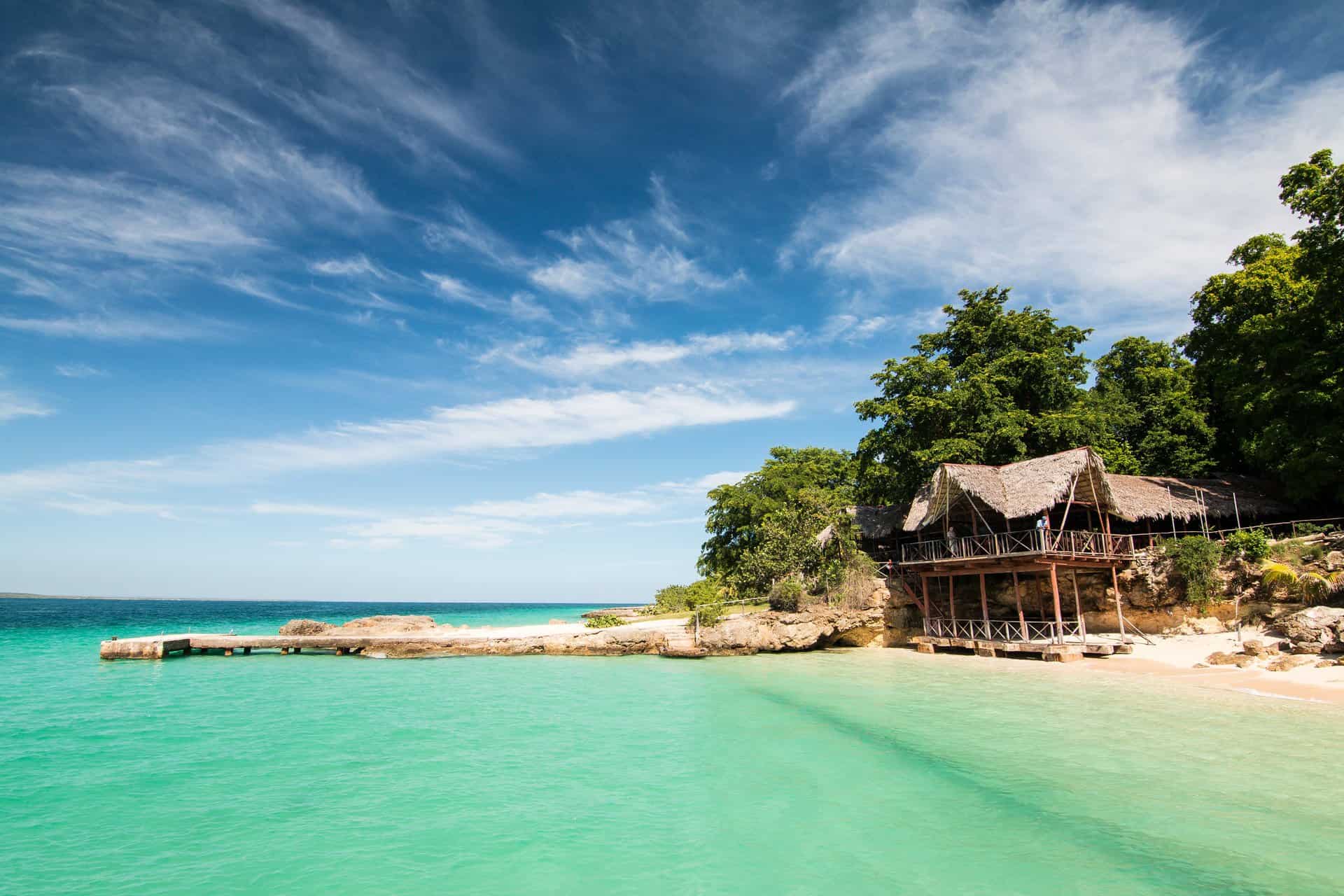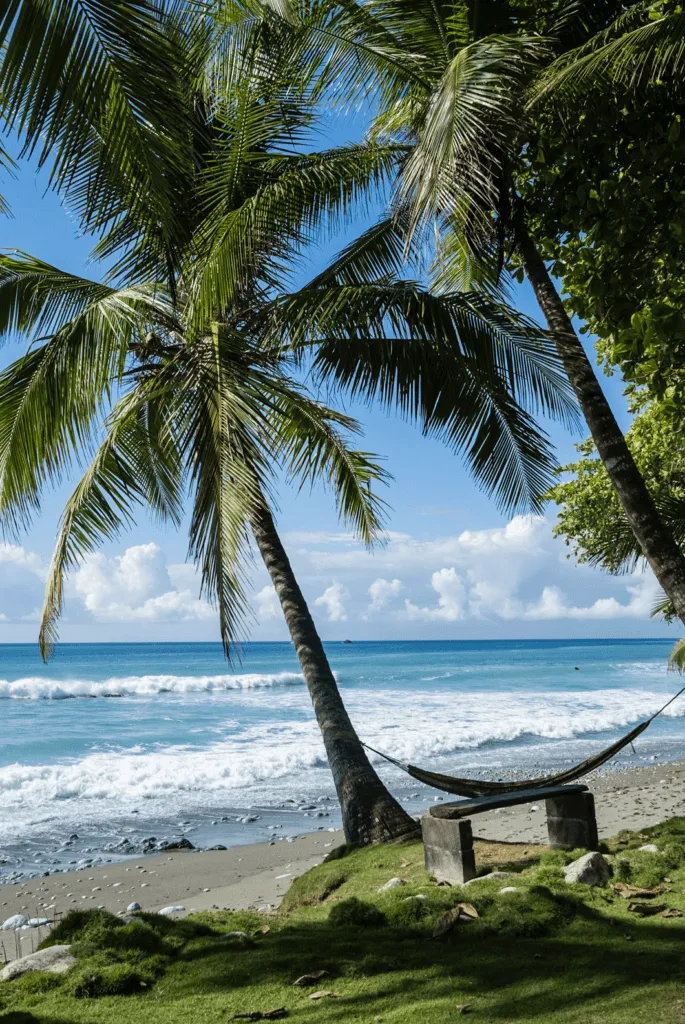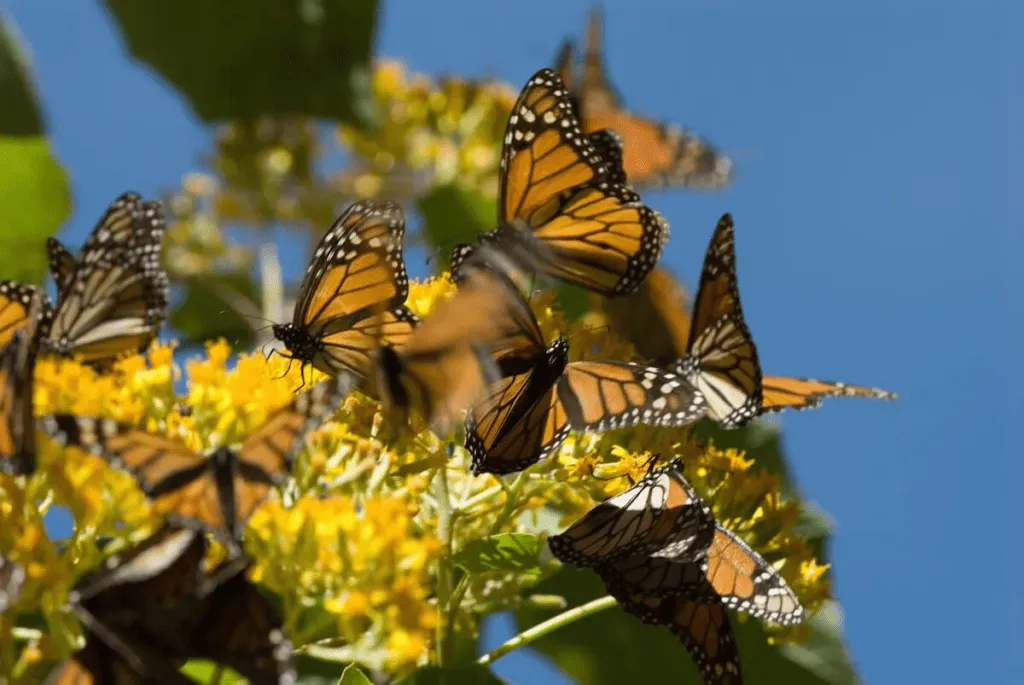
From the Pacific coast to the jungles of the Yucatán, Mexico is one of the richest wildlife frontiers of the Americas.
Whale nurseries off the coast, butterfly-filled forests and big cats roaming its remotest corners make it a powerhouse of biodiversity. The most remarkable encounters are found in national parks and private reserves, where conservation projects safeguard habitats and expert guides can lead travellers into Mexico’s wildest corners.
Here, our specialists share their top picks for where to see Mexico’s wildlife first-hand.
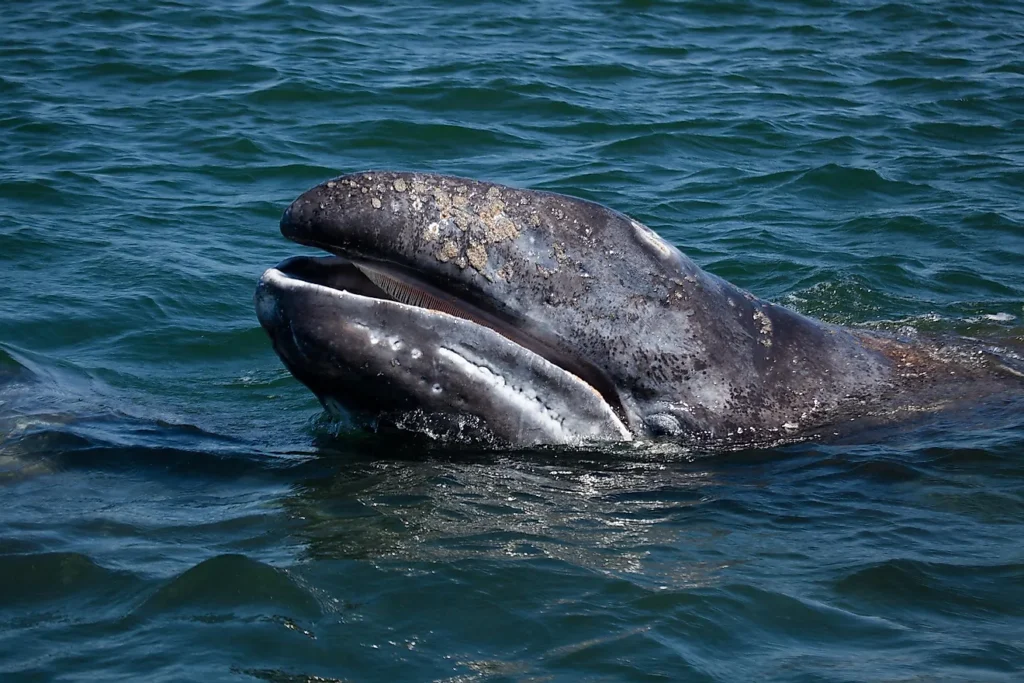
Where to see whales in Mexico
Each winter, Mexico’s Pacific waters stage one of nature’s great migrations: blue whales, the largest known animal to ever have existed on our planet, arrive in Loreto Bay in Baja California to birth their calves in its warm waters. The best time to see blue whales in Mexico is between January and March.
Further south, Magdalena Bay becomes a sanctuary for grey whales from December to March, its tranquil lagoons acting as a protected nursery for young calves. Inquisitive and often surprisingly friendly toward humans, they often sidle up to boats to take a good look at visitors.
Humpbacks, meanwhile, can be seen breaching all along the Pacific coast from December to March on their epic seasonal journey, passing the Riviera Maya and Oaxaca.
Where to stay: Cuixmala, a vast private eco-reserve on the Jalisco coast and hands-down one of the best destinations to see wildlife in Mexico, from herds of zebra to sea turtles on the beaches and whales passing offshore.
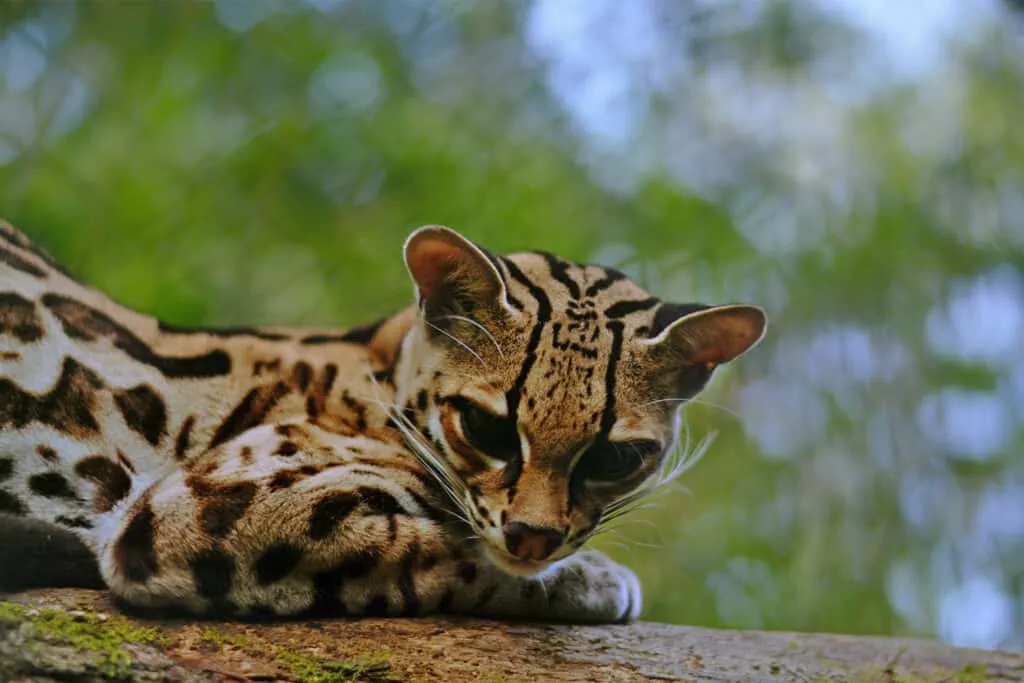
Where to see big cats in Mexico
The lush jungles and mangroves of the Yucatán Peninsula remain one of the last refuges for Mexico’s wild cats; at least five species of big cats live on the peninsula alone. Perhaps the most emblematic is the jaguar, which was once worshipped as a god in Mayan culture and remains a powerful symbol of strength to this day.
Stealthy pumas prey on mammals found in the jungles of the Caribbean, such as collared peccaries and white-tailed deer, while jaguarundis, margays, and ocelots hunt for rodents and lizards by night. Though their numbers are dwindling due to deforestation, these elusive predators still survive in the remotest corners of the Yucatán Peninsula.
Where to stay: Chable Yucatán, a jungle retreat set on a restored hacienda in the heart of big cat territory, with the sounds of nature all around.
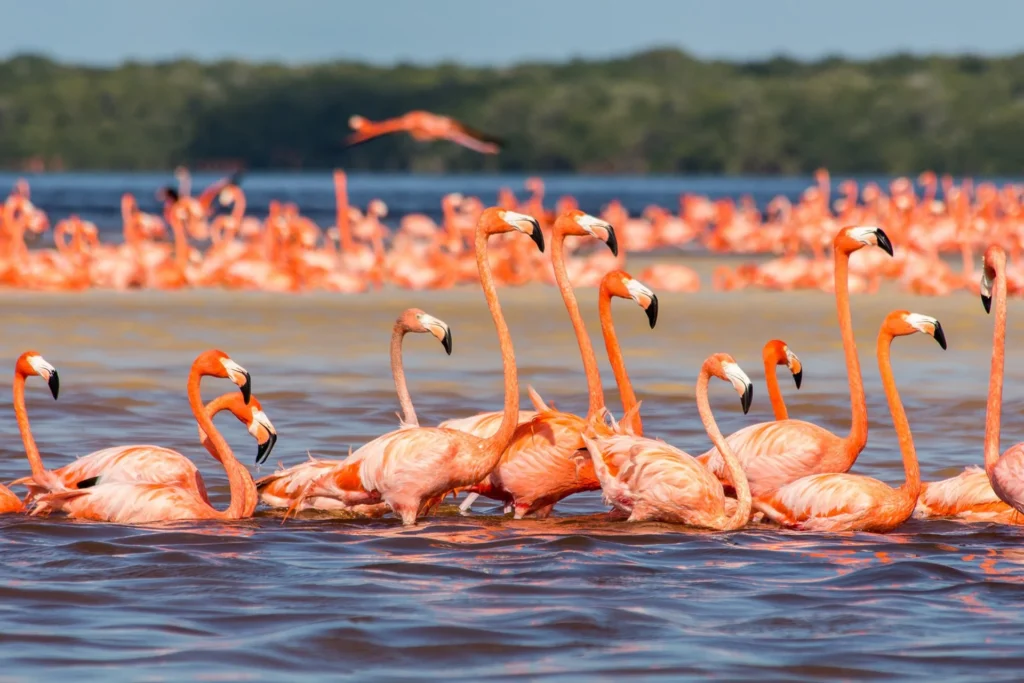
Where to see birds in Mexico
Home to over 1100 species of birds, Mexico is undoubtedly one of the world’s best bird-watching destinations. Famous for their graceful curved necks and striking pink feathers, tens of thousands of flamingos flock to the Yucatán Peninsula each year. They travel between the breeding grounds of Celestún (December to April) and the nurseries for young, fluffy chicks in Rio Lagartos (March to June).
Meanwhile, in the jungles of Chiapas, keel-billed toucans sway in the treetops and scarlet macaws soar overhead. Even in major cities like Guadalajara, birdlife abounds and you’ll see minute, hyperactive hummingbirds flitting among colourful blooms.
Where to stay: Hacienda Tamchén, an 18th-century estate turned private retreat in the Yucatán countryside, with just a few suites and its own private cenote.
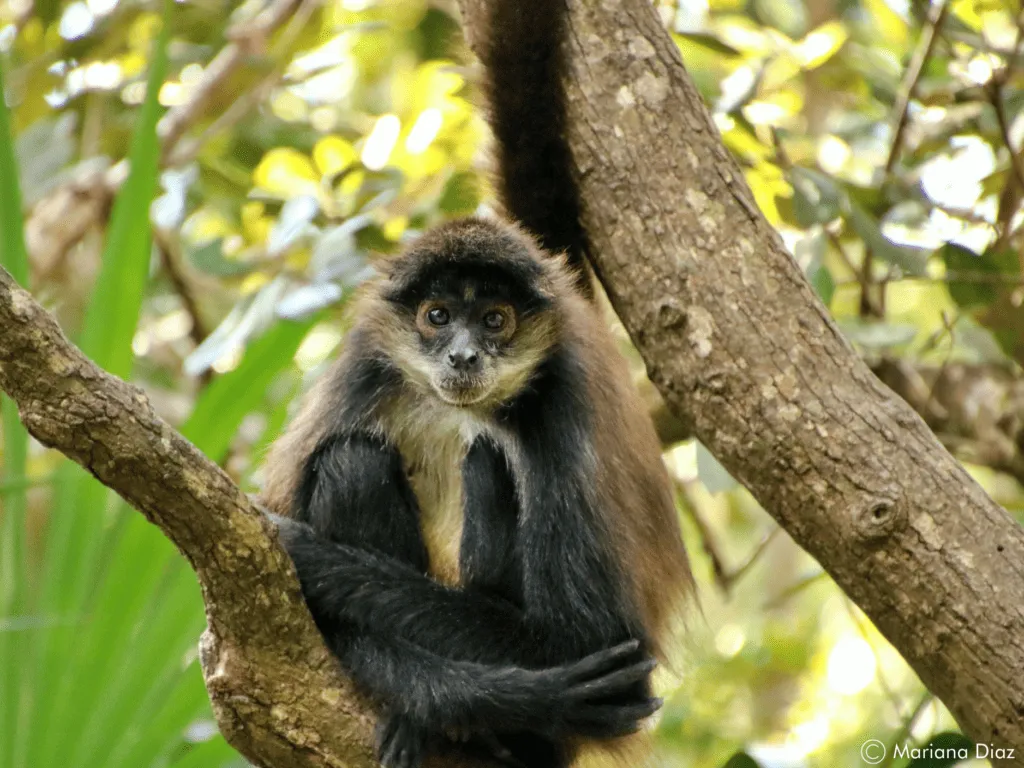
Where to see monkeys in Mexico
Scattered with imposing ruins and thunderous waterfalls, the thick rainforests of Palenque are like a scene straight out of The Jungle Book. Here, the guttural roar of howler monkeys creates an otherworldly atmosphere, not least because they are among the loudest creatures on earth.
It’s common to spot groups of these noisy primates up in the jungle canopy as they forage for tropical fruits, flowers, and buds. What’s more, at daybreak you may spy long-limbed spider monkeys leaping deftly between branches at dizzying heights.
Where to stay: Hotel Quinta Chanabnal, set in tropical gardens on the edge of the Palenque rainforest, places you close to the heart of monkey territory.
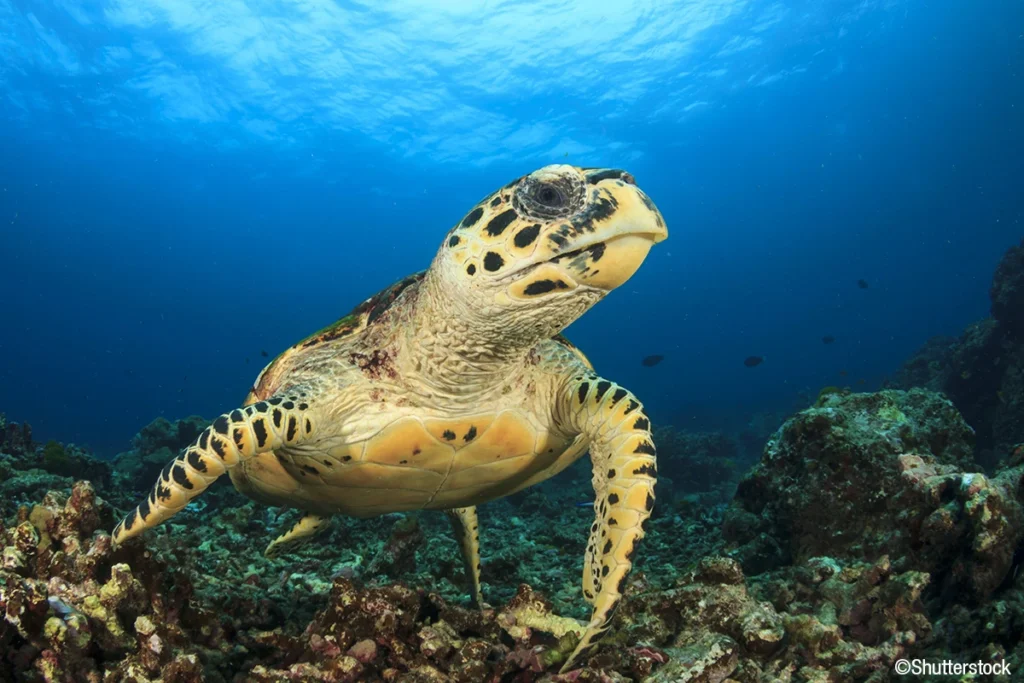
Where to see turtles in Mexico
Six of the world’s seven species of sea turtle nest on the coastlines of Mexico. Oaxaca’s Pacific coast is a favourite; between November and March, visitors can witness the release of hatchling sea turtles as they make their first dash to the waves. Leatherback, loggerhead, hawksbill, and white turtles can all be found along the sparkling white sand beaches of the Yucatán Peninsula, and green and olive ridley varieties nest along the Baja coast.
Turtles are by no means the only reptiles you’ll find in Mexico. Lizards of all shapes and sizes scurry along walls and hide in crevices. Plus in the coastal lagoons of the Yucatán Peninsula, crocodiles glide between the twisted roots of mangroves.
Where to stay: Set on a quiet stretch of Oaxaca’s coast, Casa Aamori is one of our favourite spots for turtle encounters, with the Pacific at your doorstep and nearby conservation projects supporting their protection.
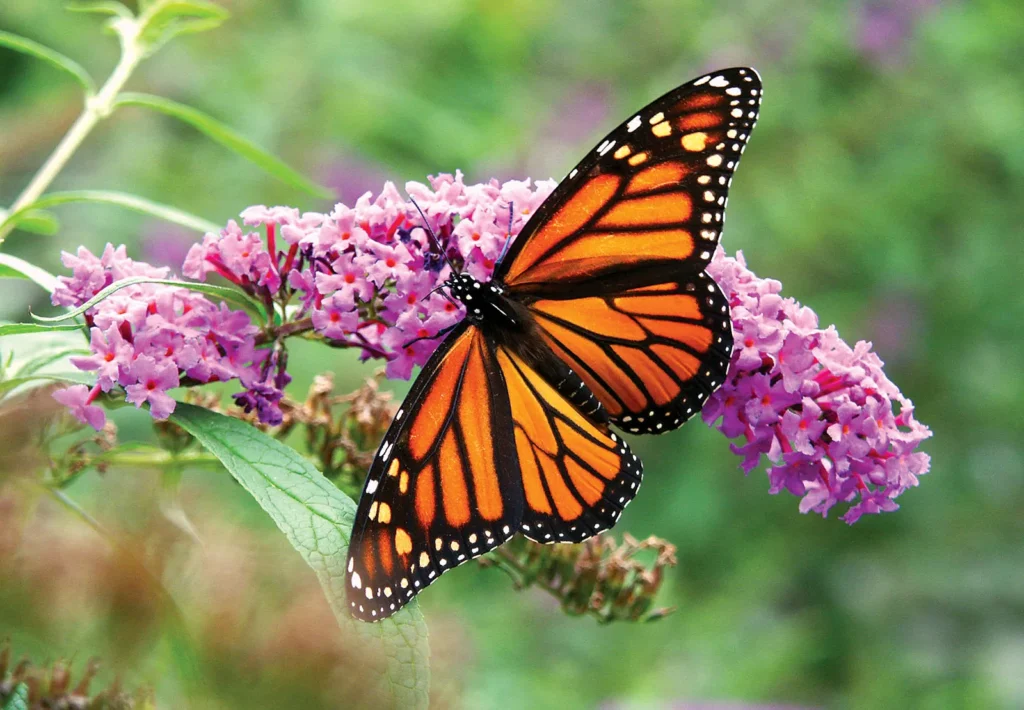
Where to see butterflies in Mexico
The arrival of monarch butterflies migrating from Eastern Canada sets the woodlands ablaze with colour. Every year between October and March, 500 million butterflies descend upon the highland forests of central Mexico, cloaking the sacred fir trees in deep orange and gold. They are drawn by one particular plant- milkweed- which makes excellent food for young larvae.
Gathered in enormous clusters that weigh down branches, the insects are woken only by sunlight. When the sun’s gentle rays touch their wings, a great swirling mass of butterflies paints the sky orange. Undoubtedly, it’s one of Mexico’s most impressive wildlife spectacles.
Where to stay: We like Casa de la Real Aduana, in Patzcuaro, which places you within driving distance of the best spots.
—
These are only a handful of Mexico’s wildlife wonders. From desert to jungle, the country teems with extraordinary species. Our specialists work with local guides, reserves and conservationists to design tailor-made trips to Mexico‘s wildest corners – offering rare access, deep expertise and a lighter footprint.
Start Planning your wildlife adventureRelated Stories
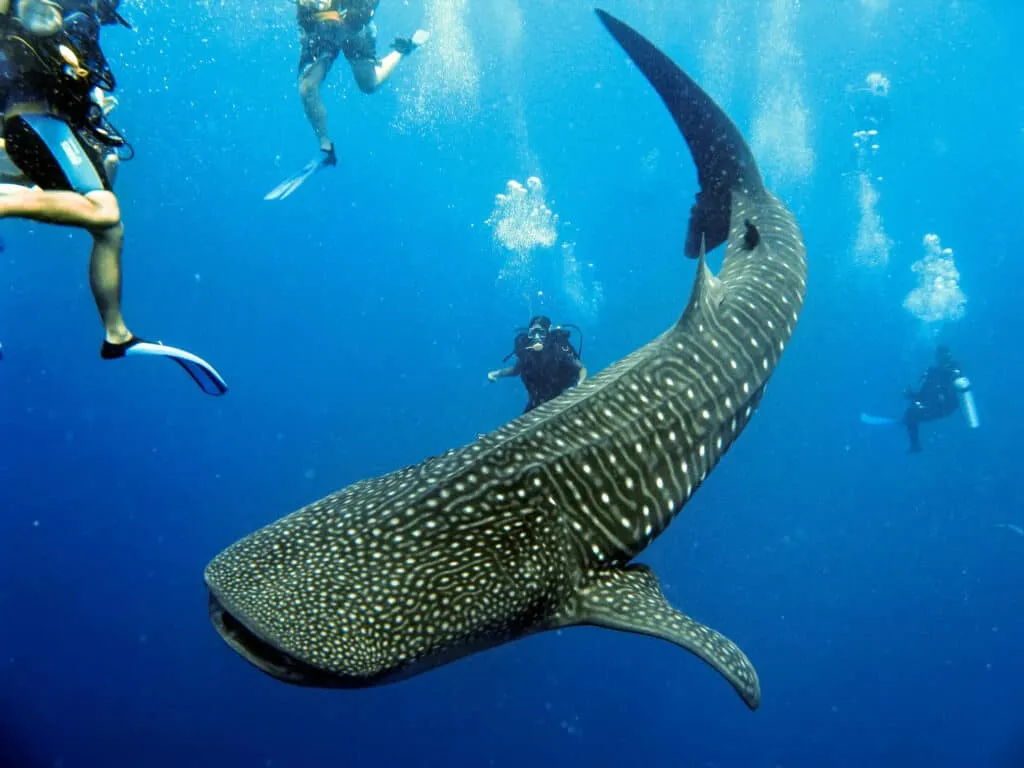
Where the Wild Things Still Are: Wildlife Journeys in Latin America

A Journey Through Mexico with Hattie Mills
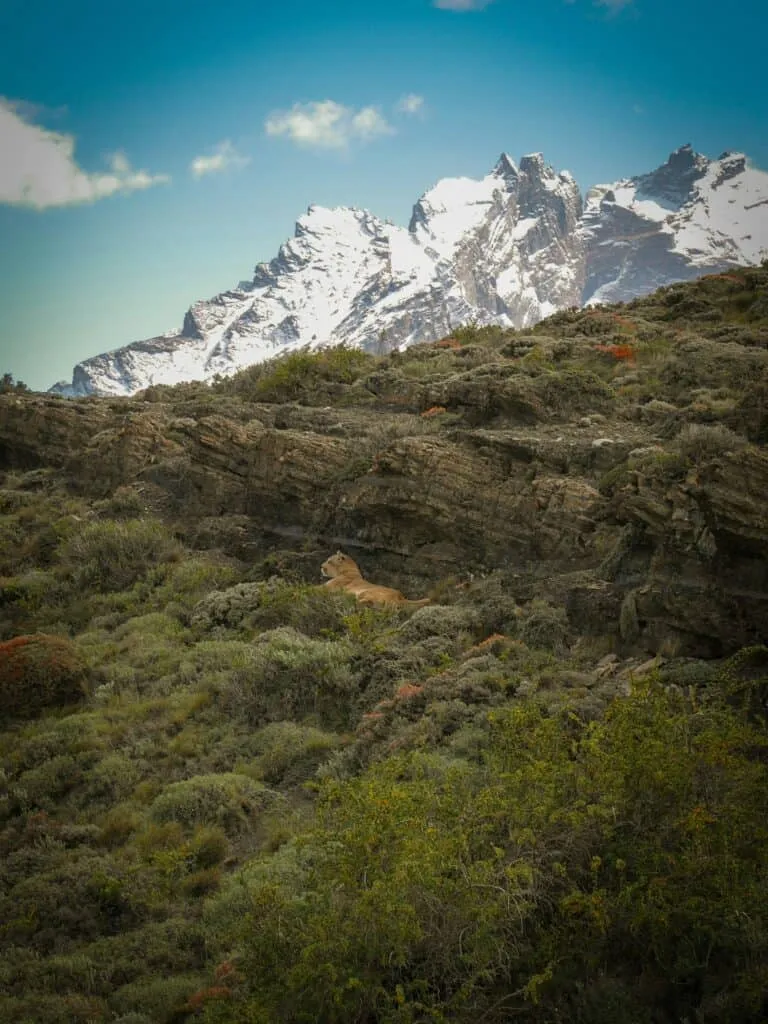
Puma Tracking in Patagonia: The Insider’s Guide
@plansouthamerica
